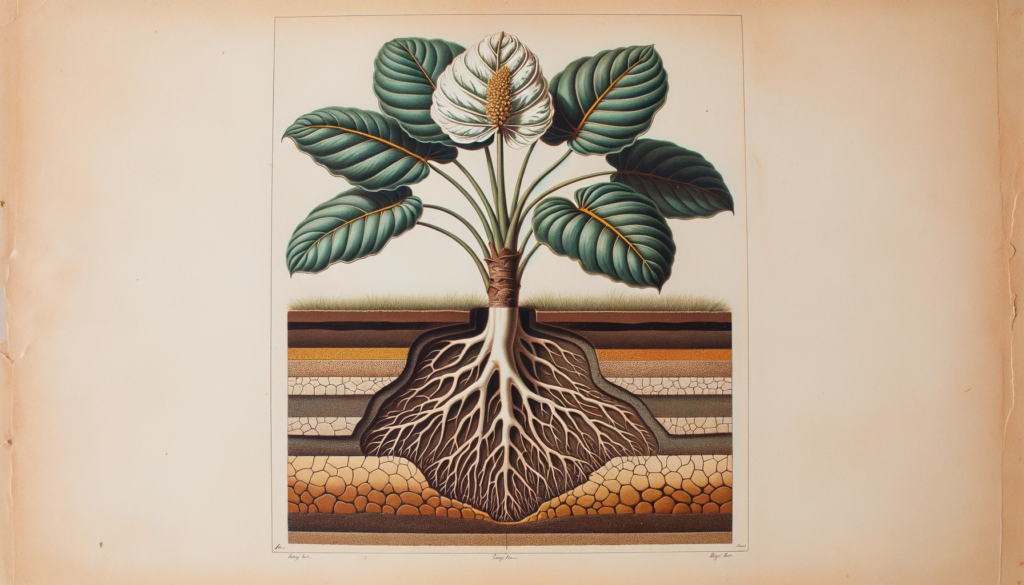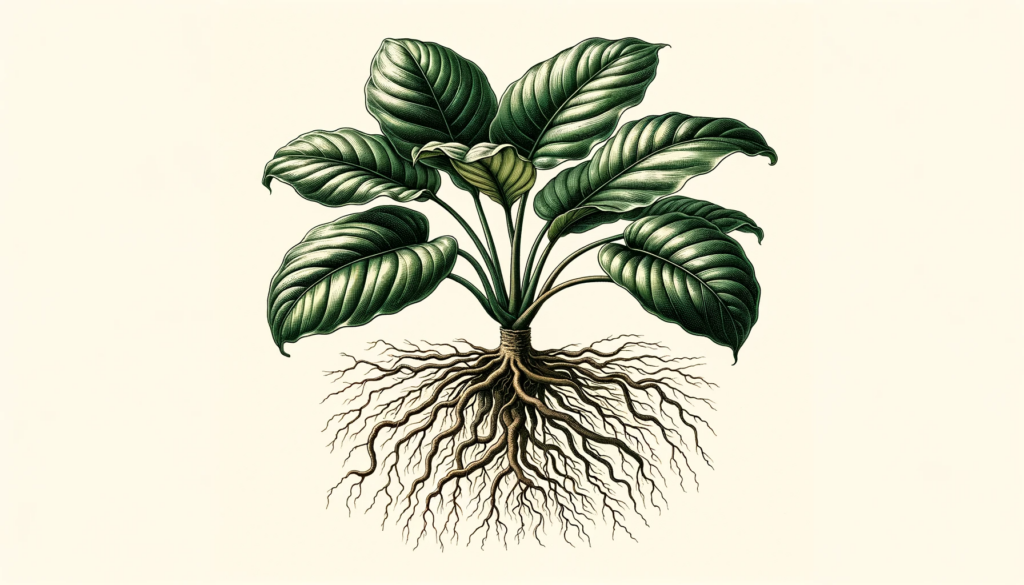Philodendrons, with their lush green leaves and easy-care nature, have become a favorite among plant enthusiasts. However, like all plants, they have specific needs, and one of the most crucial is the type of soil they’re planted in.
In this guide, we’ll delve deep into understanding the best soil for Philodendron and how to ensure your plant thrives.
Key Insights:
- Importance of pH levels for Philodendron soil.
- Tailoring the perfect soil mix for optimal growth.
- Recognizing soil-related issues and how to address them.
Why Soil Matters for Philodendrons
Philodendrons, native to the tropical regions, are accustomed to rich, well-draining soils. These soils provide the right balance of moisture, aeration, and nutrients, ensuring the plant’s roots are healthy and the foliage is vibrant.
The pH Factor
Philodendrons prefer slightly acidic soil. The ideal pH range for these plants is between 5.0 and 6.0. Regularly testing the soil’s pH and making necessary adjustments can significantly impact the health and growth of your Philodendron.
Crafting the Perfect Soil Mix
While you can find commercial potting mixes tailored for Philodendrons, creating a custom mix can further optimize the plant’s growth. Here are two recommended mixes:
- Simple Potting Mix:
- ½ Potting soil
- ½ Coco coir
This mix combines the nutrient-rich structure of potting soil with the airy texture of coco coir, preventing soil compaction and promoting root health.
- Advanced Potting Mix:
- ⅓ Potting soil
- ⅓ Peat moss
- ⅓ Perlite
This mix offers a well-aerated structure, moisture retention from peat moss, and excellent drainage from perlite. It’s an ideal blend for Philodendrons that ensures they get the right nutrients without the risk of waterlogging.

Fertilizing: Boosting Soil Nutrition
Indoor Philodendrons are fast growers and benefit from regular fertilization. During their active growth phase (spring and summer), a balanced liquid fertilizer can be applied monthly. In the dormant winter months, it’s best to reduce or skip fertilization.
Recognizing Soil-Related Issues
Philodendrons are communicative plants. They’ll show signs when something’s amiss. Some soil-related issues to watch out for include:
- Yellowing Leaves: Often a sign of overwatering or poorly draining soil.
- Falling Leaves: Indicates potential root issues, often due to compacted soil.
- Brown or Dehydrated Leaves: Suggest the soil isn’t retaining enough moisture.
Advanced Care Tips for Philodendrons
Philodendrons are not just about the right soil; they also require specific care routines to ensure they flourish. Explore some advanced care tips that can make a difference in your Philodendron’s health.
Pruning: Keeping Your Philodendron in Shape
Regular pruning can help your Philodendron maintain its shape and encourage bushier growth. Remove yellow or brown leaves and trim leggy stems to keep the plant looking fresh and vibrant.
Pest Control: Keeping Threats at Bay
Philodendrons can sometimes attract pests like aphids, mealybugs, and spider mites. Regularly inspect your plant for any signs of these pests. Neem oil or insecticidal soap can be effective treatments.
Propagation: Multiply Your Philodendron Collection
Philodendrons are relatively easy to propagate. Cut a stem with at least two nodes and place it in water. Once roots appear, you can transfer them to the soil. This method is a great way to expand your collection or gift a plant to a friend.
Repotting: Giving Your Philodendron Room to Grow
As your Philodendron grows, it may become root-bound. If you notice the roots circling the bottom or growing out of the drainage holes, it’s time to repot. Choose a pot that’s 2 inches larger in diameter than the current one and use the recommended soil mix.
FAQs
Q: Why are the leaves on my Philodendron turning yellow?
A: Yellowing leaves can be a sign of overwatering. Ensure the soil is well-draining and allow it to dry out between waterings.
Q: Can I place my Philodendron in direct sunlight?
A: Philodendrons prefer indirect light. Direct sunlight can scorch their leaves, causing them to turn brown.
Q: How often should I fertilize my Philodendron?
A: During the growing season (spring and summer), you can fertilize your Philodendron once a month. In the dormant winter months, reduce or skip fertilization.
Q: Is the Philodendron plant toxic to pets?
A: Yes, Philodendrons contain calcium oxalate crystals, which can be toxic if ingested by pets or humans. It’s best to keep them out of reach.
Conclusion
Choosing the best soil for your Philodendron is just the beginning. With the right care, these plants can thrive and become a stunning addition to your indoor garden. Remember to monitor the soil’s pH, ensure proper drainage, and adjust your care routine. With a bit of attention and love, your Philodendron will reward you with its lush, green beauty.
Sources/For More Information:
- The best soil mix for Philodendrons – A detailed guide on creating the perfect soil mix.
- Philodendron Soil Guide – Plant Informer – Insights into the best ingredients for Philodendron soil.
- Reddit Discussion on Philodendron Soil and Fertilizer – A community discussion on the best practices for Philodendron care.
- Philodendron Propagation: Step by Step How to Make More Plants (plantinformer.com)



